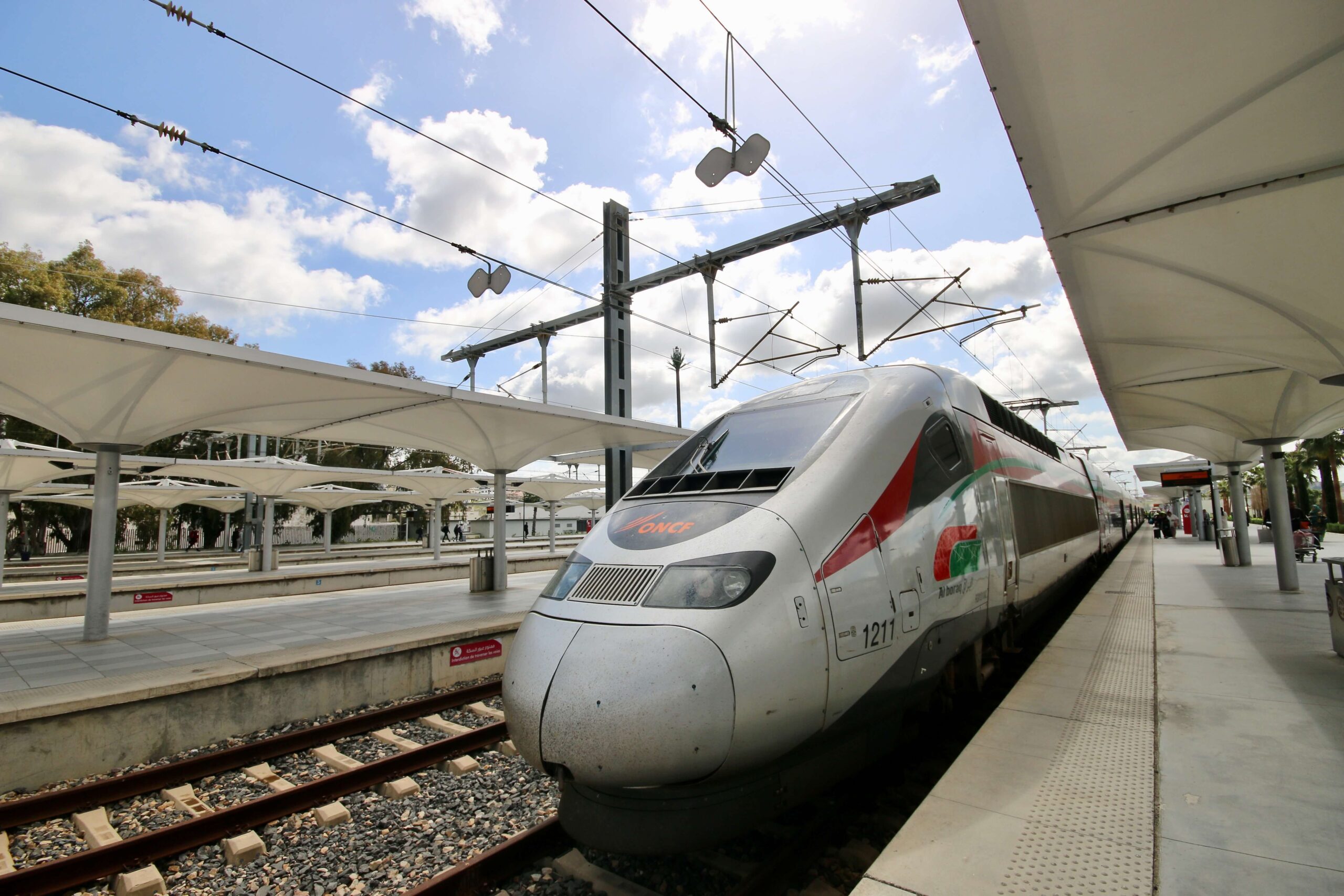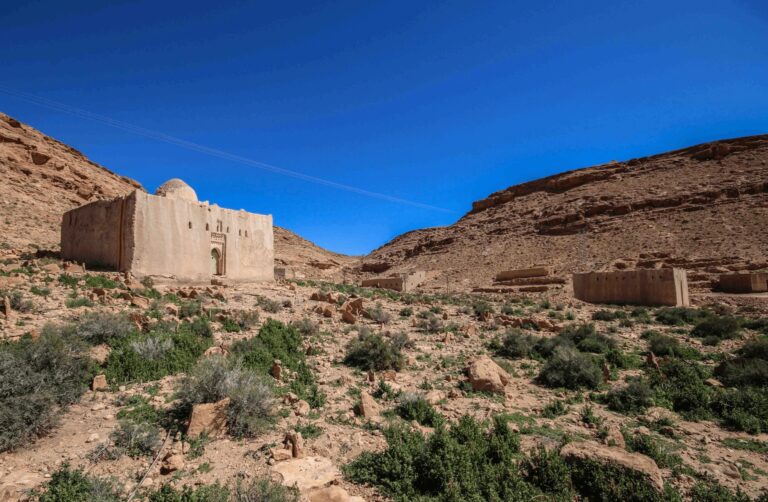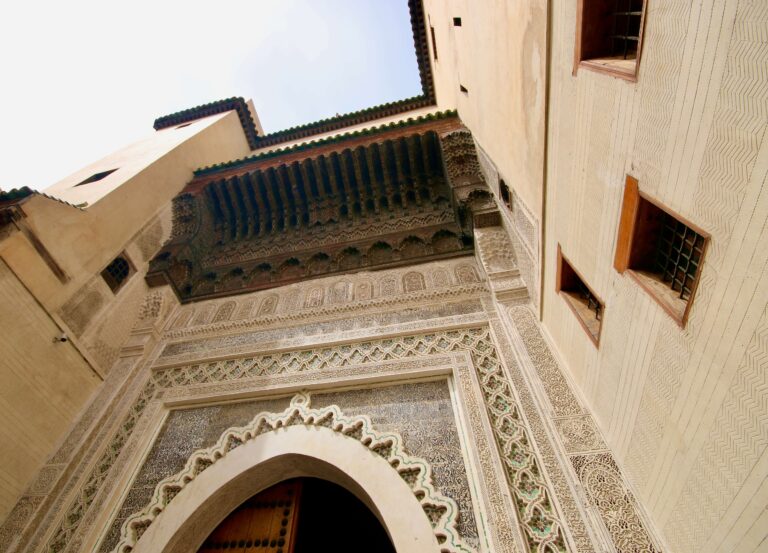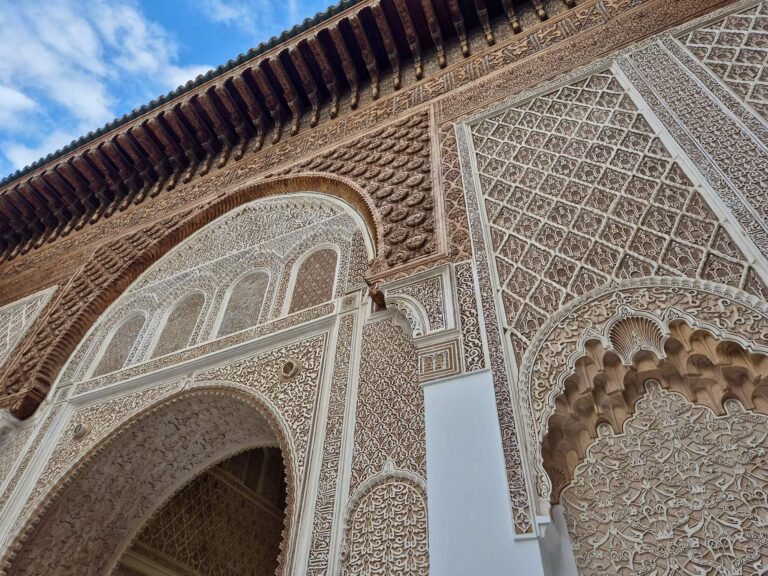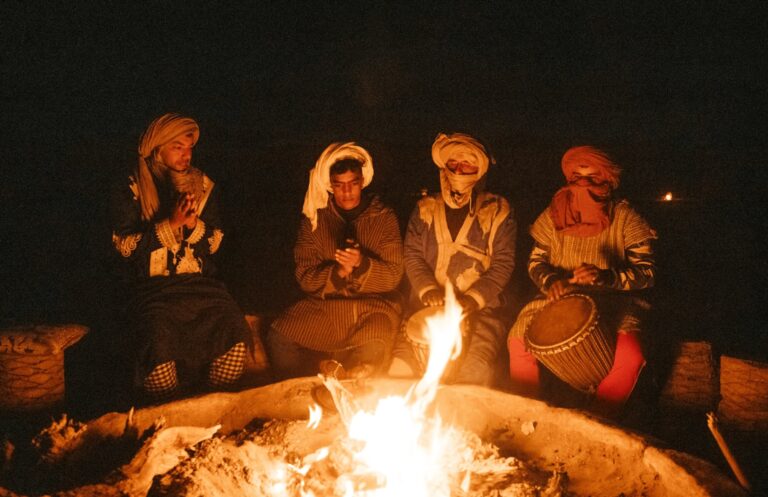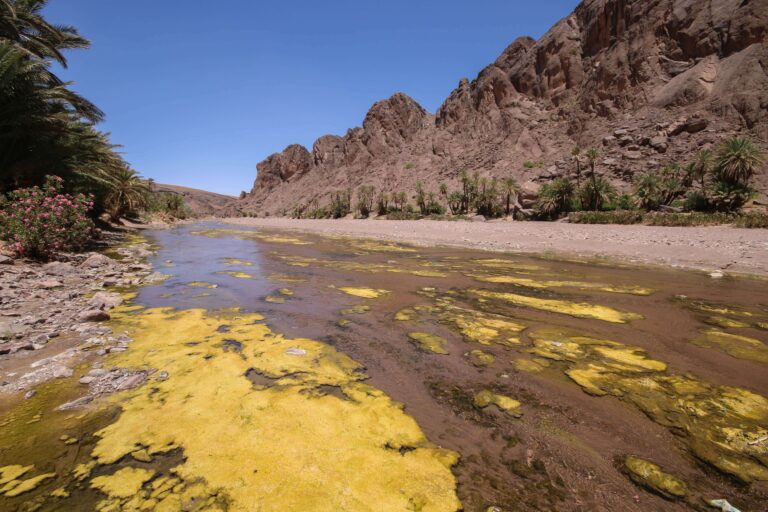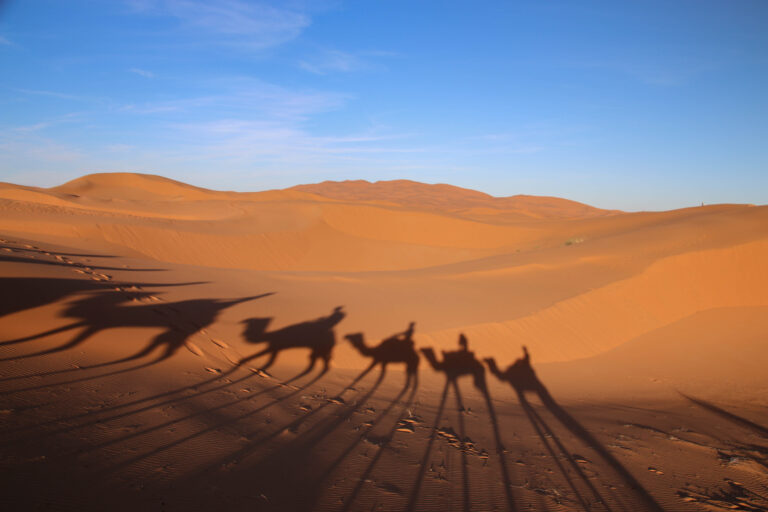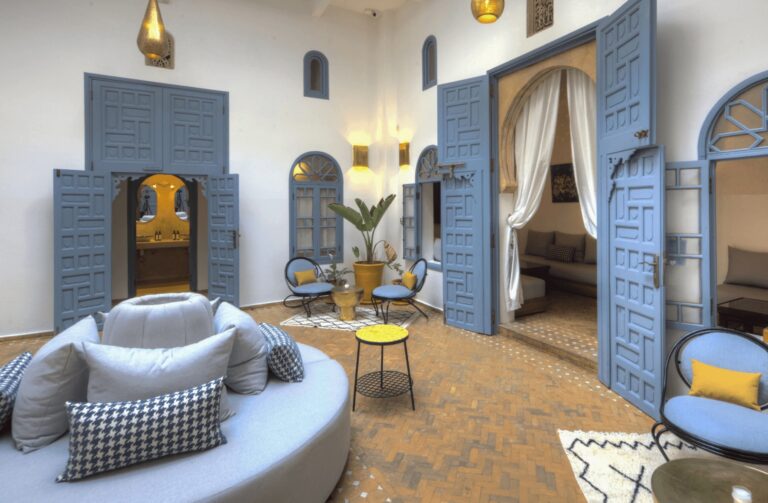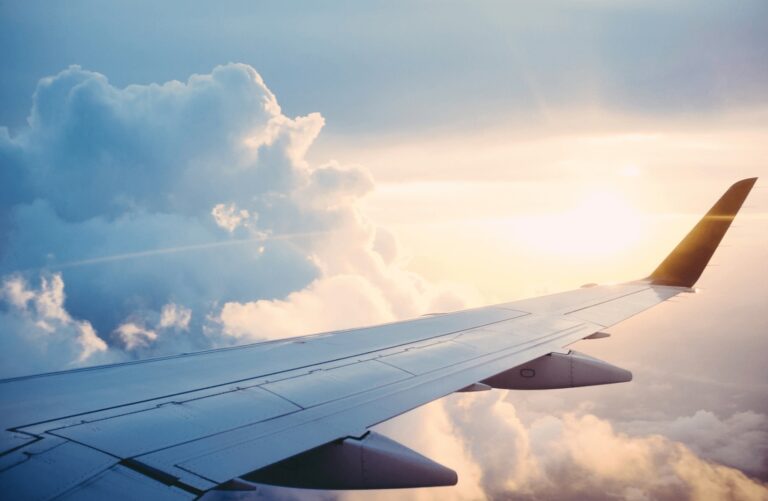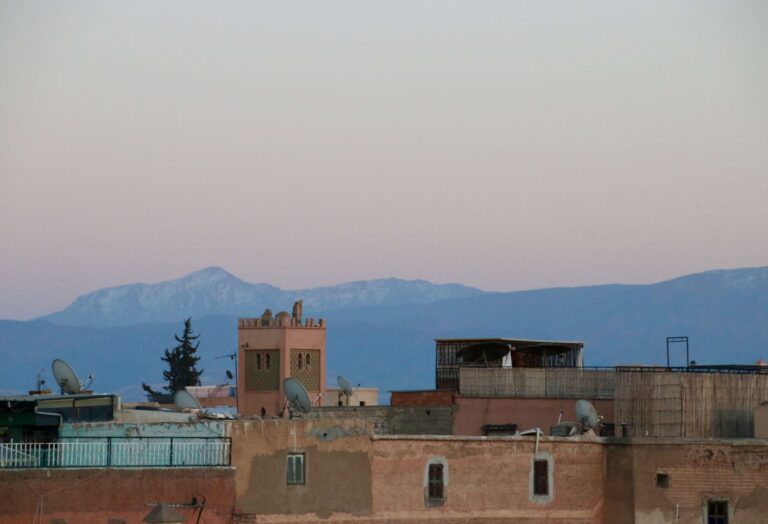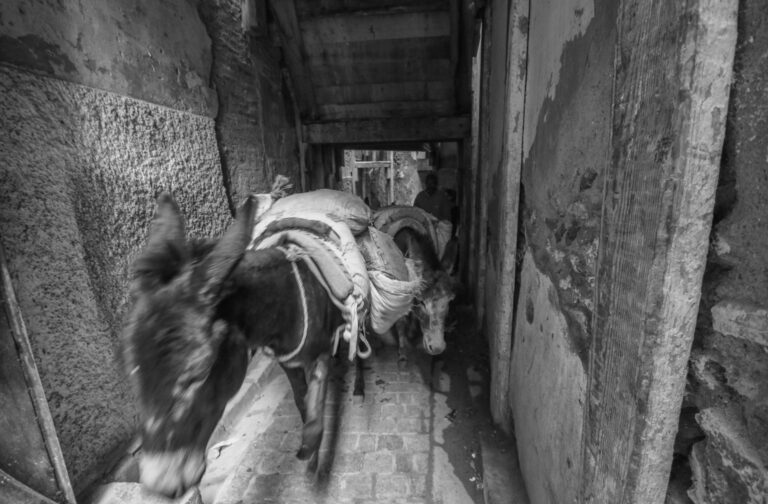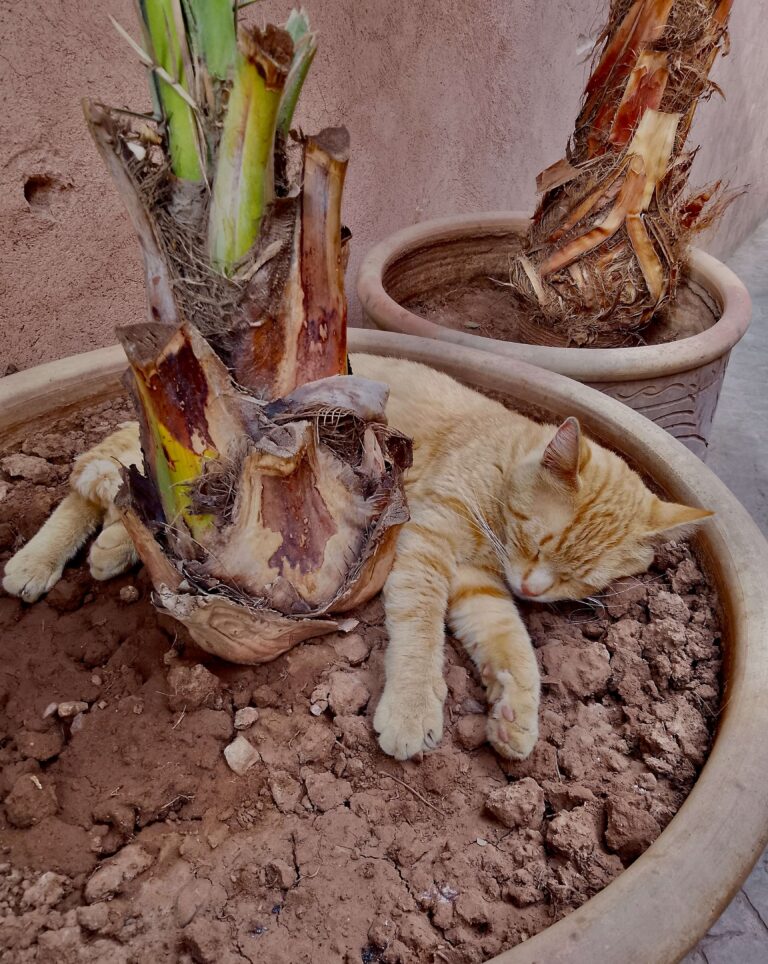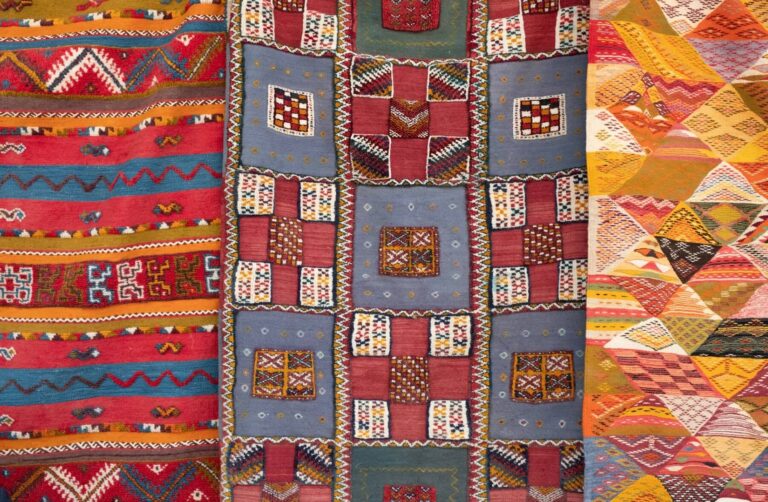Riding the Al Boraq High-Speed Train in Morocco
Thinking about riding the Al Boraq, Morocco’s high-speed train? Discover everything you need to know about booking tickets, what to expect on board and travel times between Casablanca and Tangier.
Morocco isn’t just known for its energised souks, desert landscapes and historic medinas – it’s also home to Africa’s first high-speed train.
The Al Boraq, named after the mythical winged horse of Islamic legend, connects Casablanca to Tangier in under two hours. This makes it one of the fastest and most comfortable ways to explore northern Morocco.
I’ve been lucky enough to ride the Al Boraq and it really was a fantastic experience. During my journey, the train reached speeds of more than 300 kilometres an hour and the scenery rolling by was sublime.
Whether you’re travelling for business, leisure or simply curious about the experience, here’s everything you need to know about riding the Al Boraq high-speed train in Morocco. In this article, I’ll explain everything from booking tickets to what it’s like on board.
Want to learn more about train travel in Morocco? Check out my detailed article here.
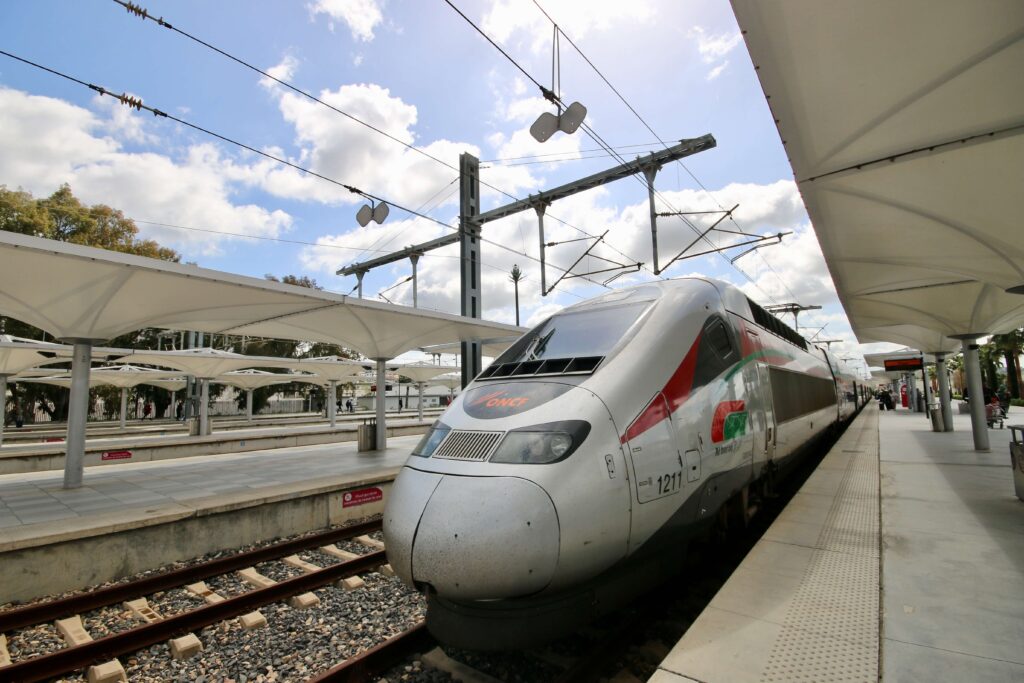
Disclosure: This article contains affiliate links, meaning I earn a small commission when you make a purchase. Affiliate links cost you nothing and ensure my content stays free!
A New Era of Travel in Morocco
Launched in 2018, the Al Boraq marks a milestone in African transportation. It significantly slashes transportation times when travelling around the country, meaning you can pack sooooo much more in.
Operated by ONCF (Office National des Chemins de Fer), Morocco’s national railway, the Al Boraq was developed with French expertise and technology. In short, it’s one of the most advanced rail systems on the continent and there are plans to expand it into southern Morocco.
The Al Boraq can reach speeds of up to 320 km/h (199 mph), putting it on par with Japan’s Shinkansen. Despite feeling incredibly fast, the journey is surprisingly smooth.
Travel times aboard the Al Boraq are roughly as follows:
- Tangier to Casablanca: around 2 hours 10 minutes
- Tangier to Rabat: around 1 hour 20 minutes
- Tangier to Kenitra: about 50 minutes
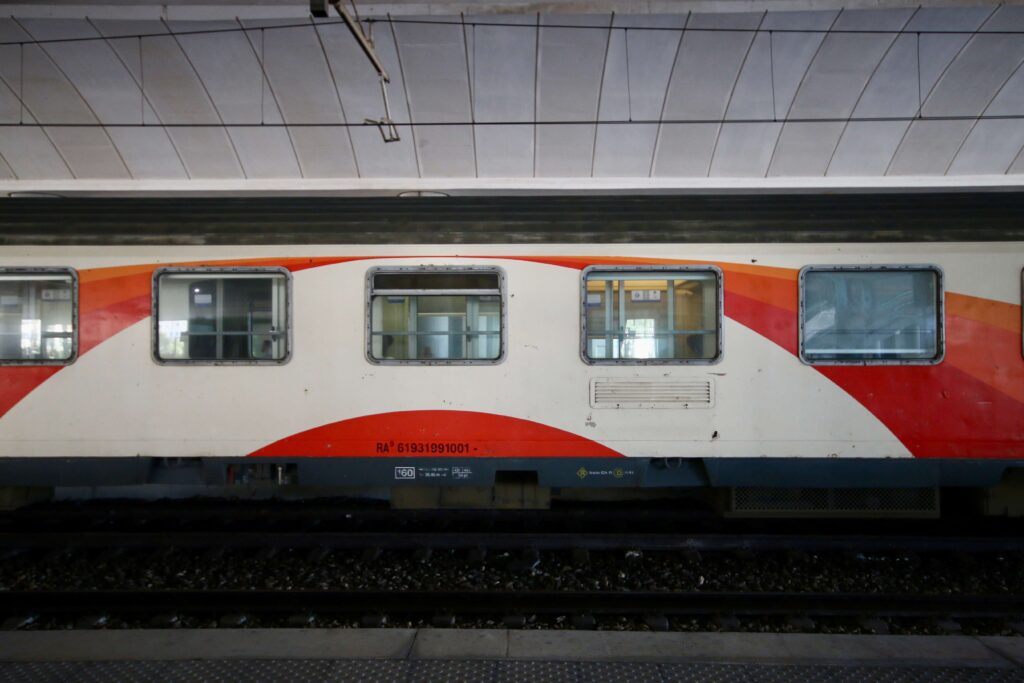
Buying Tickets for the Al Boraq
Tickets for the Al Boraq are easy to book and relatively affordable compared to European high-speed trains. You can buy them:
- Online at ONCF’s official website (available in French and English). I find this website to be unreliable – sometimes it won’t load for me at all!
- At train stations ticket counters (staffed) or using self-service machines.
- Via third-party ticket providers such as 12Go and Omio – these are my go-tos if the ONCF website isn’t working.
Al Boraq Ticket Classes and Prices
The Al Boraq offers two seating options:
- First Class – Spacious reclining seats and slightly quieter carriages.
- Second Class – Slightly more compact seating than first class and often busier.
Both have assigned seats, toilets and luggage storage areas at the end of each carriage. A trolley provides drinks and snacks throughout the trip (for an additional charge).
One major difference between first and second-class train tickets in Morocco is the Al Boraq Lounge. This is available for anyone travelling with a first-class Al Boraq ticket. These lounges (like airport lounges) are available at Tangier Ville, Kénitra, Rabat Agdal and Casablanca Voyageurs. I haven’t been inside. But apparently, there are complimentary drinks and working desks available.
Prices for the Al Boraq train in Morocco vary depending on the route, the chosen class and how early you book.
Generally speaking, a one-way ticket from Casablanca to Tangier typically costs:
- Around 250–350 MAD (US$25–35) in First Class
- Around 150–200 MAD (US$15–20) in Second Class
Top tip:
Booking online in advance usually offers the best prices and seat availability, especially during weekends or holiday periods.
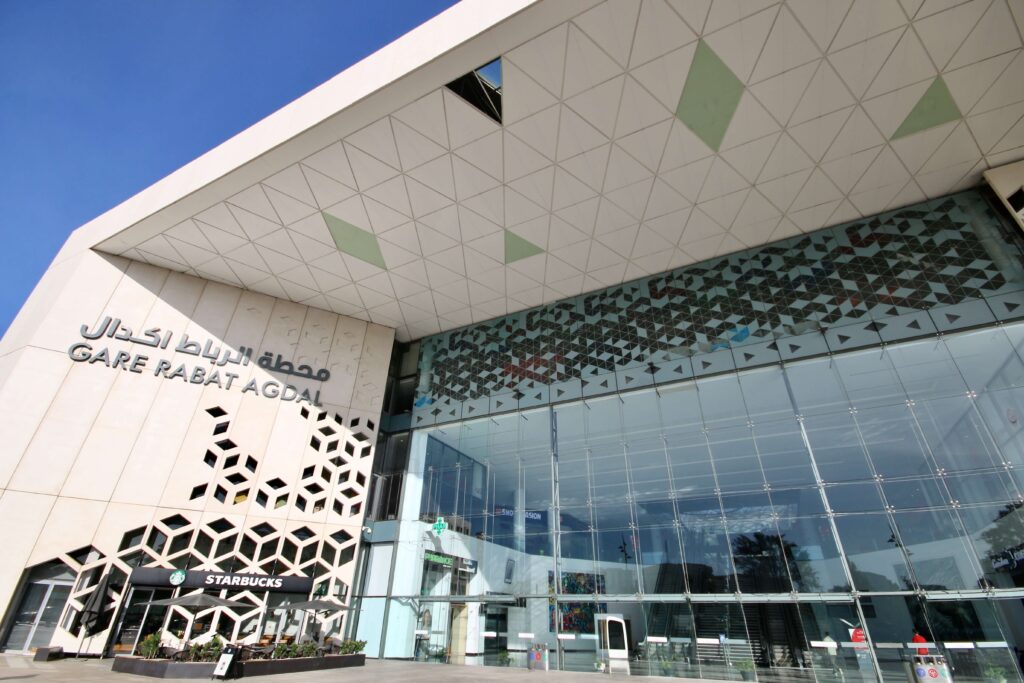
At the Station: Smooth and Efficient
Morocco’s major train stations, like Casa Voyageurs (Casablanca), Rabat Agdal and Tangier Ville, have been upgraded to match the modern standard of the Al Boraq service. They’re clean, safe and easy to navigate, as well as being architecturally impressive.
All feature cafés, restrooms, ATMs and small shops where you can pick up drinks and snacks.
Al Boraq trains usually depart on time, so aim to arrive at least 20–30 minutes early. This will give you time to find your platform, maybe use the bathroom and grab any supplies you want for the trip.
Top tip:
Onboard prices for drinks and snacks can be expensive. Load up beforehand if you don’t want to pay a premium.
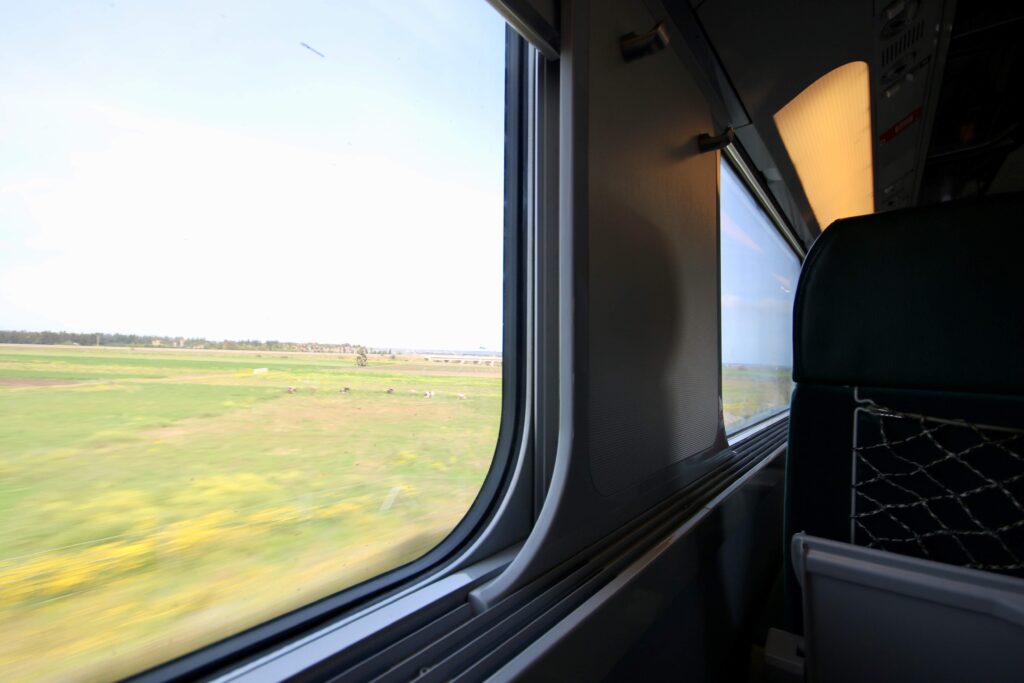
Onboard Experience: Comfort and Convenience
Once aboard, you’ll notice that the Al Boraq feels quite sleek. The interiors are clean, quiet and air-conditioned, with wide windows that showcase the picturesque farmland, coastal views and mountain ranges as they roll by.
In my experience, everyone speaks quietly (even in second class) and is respectful of people around them.
What to Expect aboard Morocco’s Al Boraq:
- Comfortable seating with foldable trays and power outlets
- Free Wi-Fi is available on most routes, although it can be inconsistent in some areas
- Luggage racks at the ends of carriages for big backpacks and suitcases
- Clean restrooms at the end of each carriage
- Snack trolley service offering coffee tea, and snacks
Scenery Along the Route
The Al Boraq route is not just about efficient travel. It’s also a scenic experience. Leaving Casablanca, you’ll glide past Atlantic coastlines, olive groves and rolling hills, before reaching the whitewashed port city of Tangier, where Europe feels just across the water.
When I rode the Al Boraq from Rabat to Tangier, I felt like the journey almost went too quickly, I was enjoying the scenery that much!
Many travellers opt to take the morning train from Casablanca to enjoy the landscapes in full daylight, then spend the afternoon exploring Tangier’s medina, kasbah and seaside cafés. In the late afternoon/early evening, you can ride the Al Boraq back to Casablanca – it really is that easy!
Basing yourself in Casablanca? Check out some of my top hotel recommendations here.
Why Take the Al Boraq Train in Morocco?
There are plenty of reasons to choose Morocco’s high-speed train over flying or driving:
- Speed: You can travel from Casablanca to Tangier in just over two hours (it’s possible to day-trip between the two destinations).
- Comfort: It’s spacious, modern and stress-free – no getting stuck for hours in Casablanca’s notorious traffic.
- Affordability: Tickets are great value for what really is a premium travel experience.
- Sustainability: Rail travel produces far fewer carbon emissions than air travel and taking public transport is more eco-friendly than driving independently.
- Convenience: Direct access between city centres without the hassle of negotiating expensive airport transfers.
Tips for Travelling on the Al Boraq
- Book early: Especially during weekends, holidays or festivals when Morocco’s public transport reaches capacity.
- Carry small cash: For purchasing snacks onboard.
- Download your ticket: Digital tickets saved to your phone or the ONCF mobile app are accepted onboard.
- Check the schedule: Trains run roughly every 1–2 hours during the day, from early in the morning to late at night.
- Travel light: Luggage space is available but limited, so avoid travelling with excess gear.
Beyond Tangier and Marrakech: Connecting Routes
Once in Tangier, it’s easy to continue your Moroccan adventure by bus to destinations like Chefchaouen, Asilah and Tetouan. Tangier also makes a great base for guided tours through northern Morocco.
In the future, Morocco plans to expand its high-speed network southward, eventually connecting Casablanca to Marrakech and beyond. Until then, you’ll need to rely on regular Al Atlas trains if you’re travelling to Marrakech and buses for destinations beyond, such as Agadir, Ouarzazate and the Sahara Desert.
Thinking about heading to the Sahara Desert? Check out my detailed planning guide here.
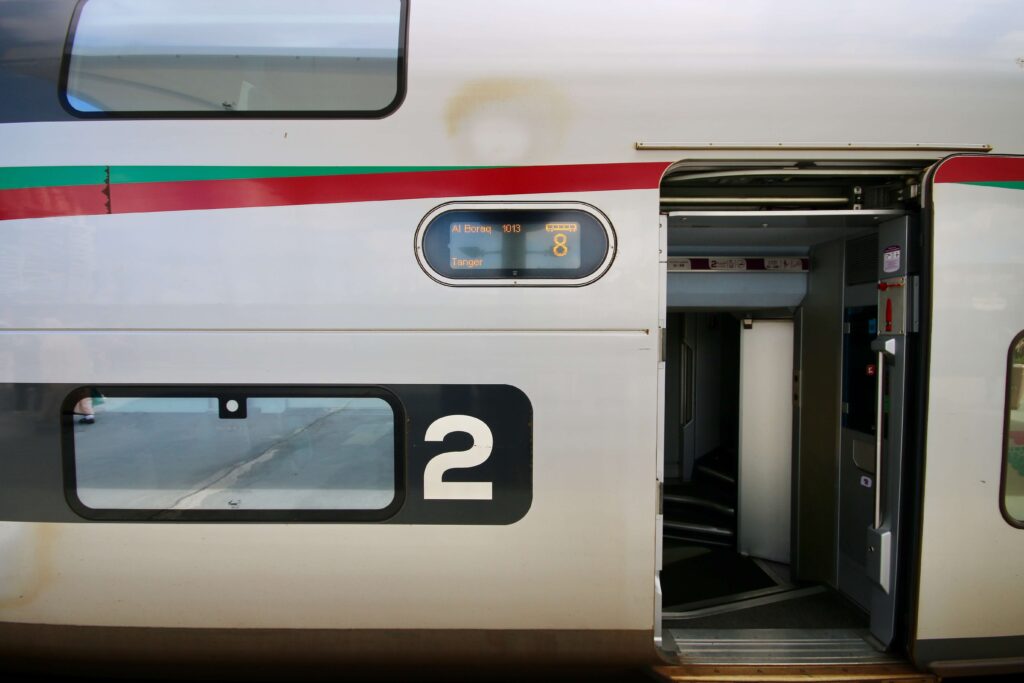
Final Thoughts: Morocco at Full Speed
Riding the Al Boraq high-speed train in Morocco is more than just transportation – it’s a world-class travel experience. It allows you to explore Morocco more efficiently than ever before and it’s an experience I can personally vouch for.
Considering the train’s relatively affordable tickets, I think it’s the best way to get between Morocco’s northern cities and experience what is a “first” for Africa.
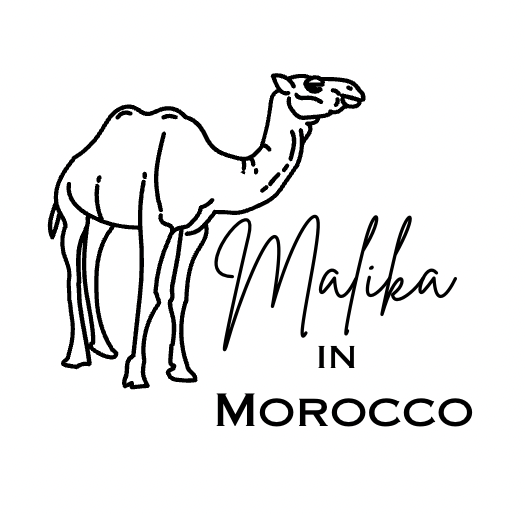
PLAN YOUR TRIP WITH MY FAVOURITE RESOURCES:
Find hotels via Booking
Book tours and attractions via Viator or GetYourGuide
Find a rental car via Discover Cars
Book flights via Kiwi or Booking
Search for buses and trains via 12Go or Omio
Get travel insurance via SafetyWing
Buy a digital eSIM with Airalo
By purchasing through my links, you’ll be supporting my website at no additional cost to you
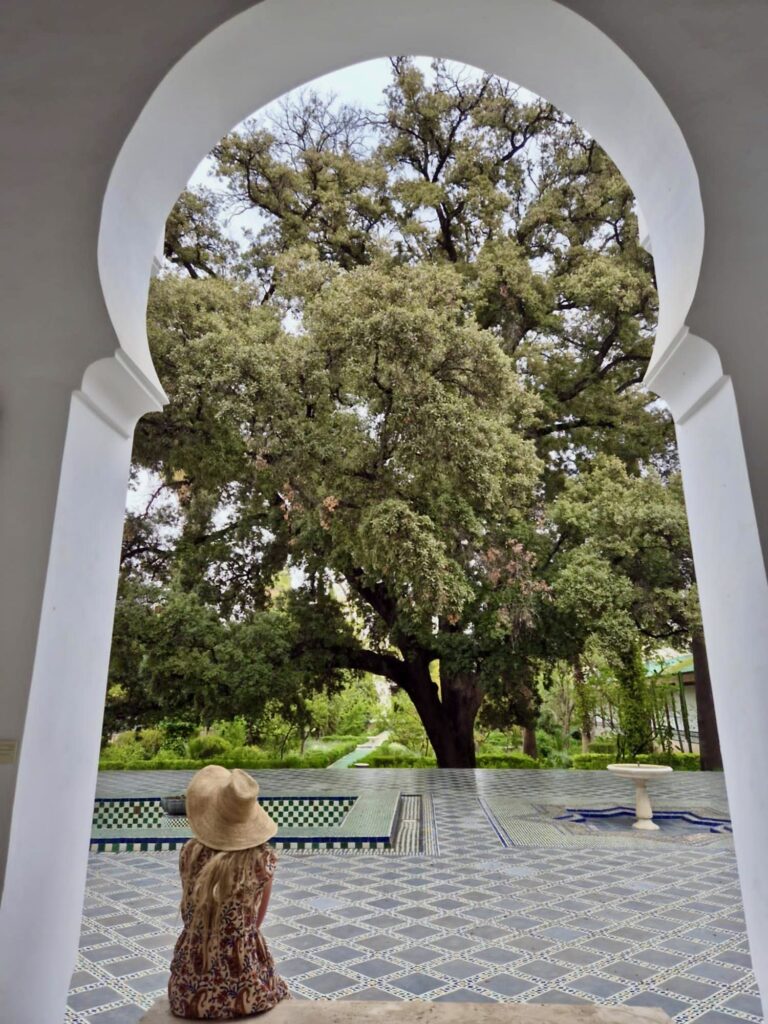
About Me
I’m Malika, a global traveller who first visited Morocco in 2014 before marrying a local and settling down in a little village on the Atlantic coast. Over the years, I’ve developed an intense love for Morocco, its incredible landscapes, storied cities and the exceptionally generous hospitality of its people.
Malika in Morocco is a place to share my years of experience exploring the country, from north to south and from the Atlantic Ocean to the Sahara Desert. As a resource for travellers visiting Morocco, I want to encourage others to experience this captivating destination the way they desire, whether that’s independently or under the expert guidance of local tour operators.
I believe strongly in supporting responsible and sustainable tourism initiatives while inspiring travel experiences that are life-impacting and mutually beneficial for both travellers and locals.
-
Best Travel Destinations in Morocco: Top Places to Visit in 2026
Discover the best travel destinations in Morocco, from the bustling souks of Marrakech and the blue streets of Chefchaouen to the windswept dunes of the Sahara Desert. With its ancient medinas, spellbinding desert landscapes and whitewashed coastal cities, Morocco is a country that captures the imagination. Sitting at the crossroads of Africa and Europe, it…
-
Moroccan Architecture: Riads + Kasbahs + Madrasas + Babs
Morocco’s architectural heritage reflects the country’s diverse geography and rich history, woven together through successive waves of settlement and military conquest. It’s a testament to its many cultural influences, from the ancient Roman ruins of Volubilis to the historic ksars along the Saharan trade routes and the madrasas of the Saadian and Marinid dynasties. If…
-
10 Beautiful Buildings in Morocco to Add to Your Itinerary
Morocco is renowned for its architectural treasures, with strikingly beautiful buildings and monuments scattered throughout the country. From the opulently decorated mosques and madrasas of the imperial cities to the earthen-walled kasbahs and ksours of the south, the country’s diverse architectural traditions reflect its cultural, geographical and religious heritage. If you’re a fan of architecture…
-
Meet the indigenous Amazigh people of Morocco
Often referred to as “Berbers”, the Amazigh people of Morocco are a diverse collection of ethnic groups Indigenous to North Africa. While they are concentrated primarily in the Maghreb region (Algeria, Libya, Mauritania, Tunisia and Morocco), they can also be found in northern Mali and northern Niger. Predating the arrival of Arabs in the region,…
-
Should I Get Travel Insurance For Morocco? Everything to Know
Whether you’re travelling to Morocco on a one-off trip or living a semi-nomadic lifestyle in the country, travel insurance should be a top priority before you head off. I’m someone who never travels abroad without travel insurance. It was drummed into me by my parents when I was young that it just wasn’t worth the risk. After…
-
Visiting Morocco’s Sahara Desert: Everything You Need to Know
Planning on visiting Morocco’s Sahara Desert? Discover everything you need to know to plan an incredible visit, from the best tours and self-drive itineraries to highly-rated desert camps. One of the most transformative experiences I’ve had in Morocco was spending a night under the star-studded sky of the Sahara Desert. Not only did I feel…
